
Jiangsu is filled with lovely “old streets” that not only give visitors a glance into China’s history, but also the unique, modern culture of today. The streets and buildings are preserved from history or refurbished to match what once was. They are often lined with street food, unique sovereigns and other attractions and adorned in a traditional Chinese style. Six of these famous streets in Jiangsu are: Xuzhou’s Hubushan Ancient Dwellings Scenic Spot, Lianyungang’s Ancient Street, Yancheng’s Anfeng Mingqing Ancient Street, Hexia Ancient Town in Huai’an, Taizhou’s Daohe Historic Block, and Yangzhou’s Dongguan Street.
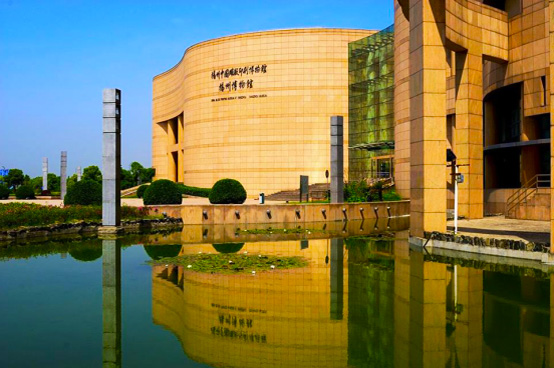
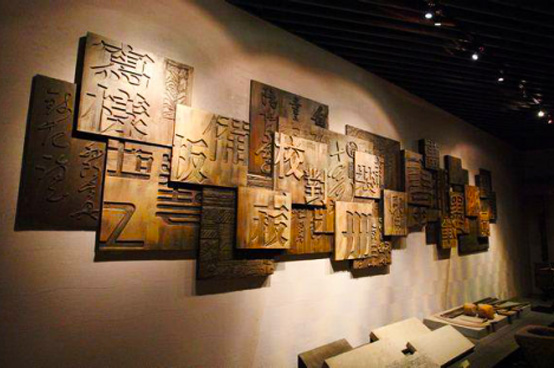
Set within cool, modern architecture lies Yangzhou’s most precious ancient relics. The Yangzhou Museum (扬州博物馆) or newly dubbed “Double Museum” is located on the west side of Yangzhou city near the world-famous Slender Lake. It was given the name “double” as this new building houses both the museum and a museum of traditional Chinese book printing. You will see many gorgeous relics from China’s rich history, such as a boat that was salvaged from the Grand Canal, paintings and calligraphy of Yanzhou’s ‘eight strange men,’ China’s national treasure hall and much more!
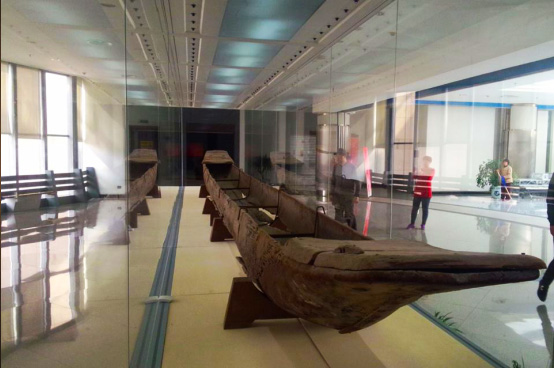

扬州何园和个园
Yangzhou is blessed with lovely gardens that are not only a peaceful reflection of nature, but also portray ancient Chinese architectural styles. Two of Yangzhou’s most famous gardens are the He Garden and Ge Garden. The He Garden is praised as the top private garden of the late Qing Dynasty for its grand and exquisite architectural styles. The Ge Garden, also an ingenious private garden, is filled with intriguing rock formations that represent the 4 seasons. Which one do you think is more worth a visit?
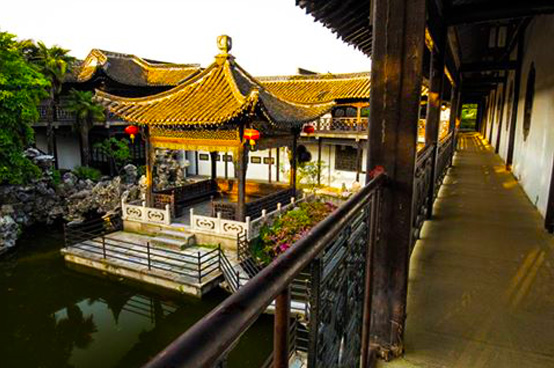
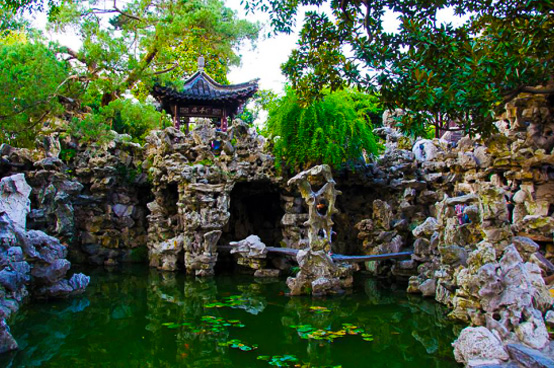
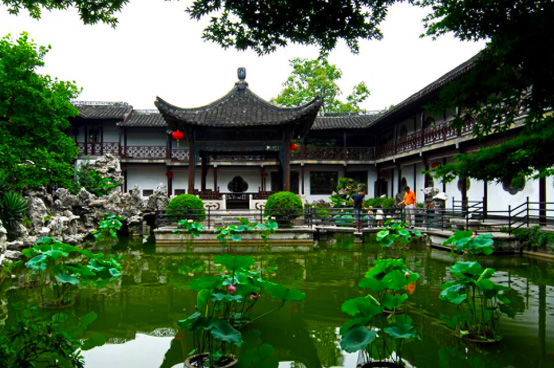
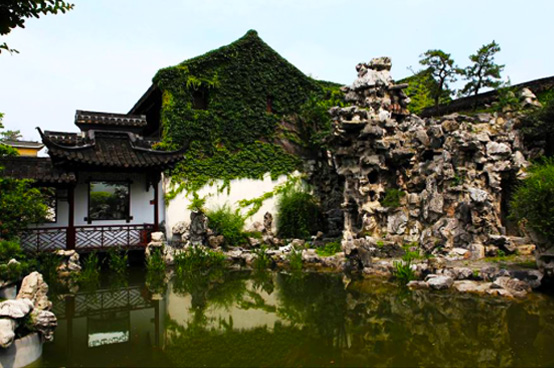
The Geyuan Garden (个园) located in the northern part of Yangzhou is a private residence with the most profound history, the most
comprehensive preservation, and the highest artistic value among its kind in the city. Bamboo is its signature plant which can be seen everywhere in the garden, which their leaves resemble the Chinese character "Ge"(个), hence the name. Though not a very large garden, the peerless landscape design and layout of the Geyuan Garden still won itself a position in the China’s Four Famous Gardens list.